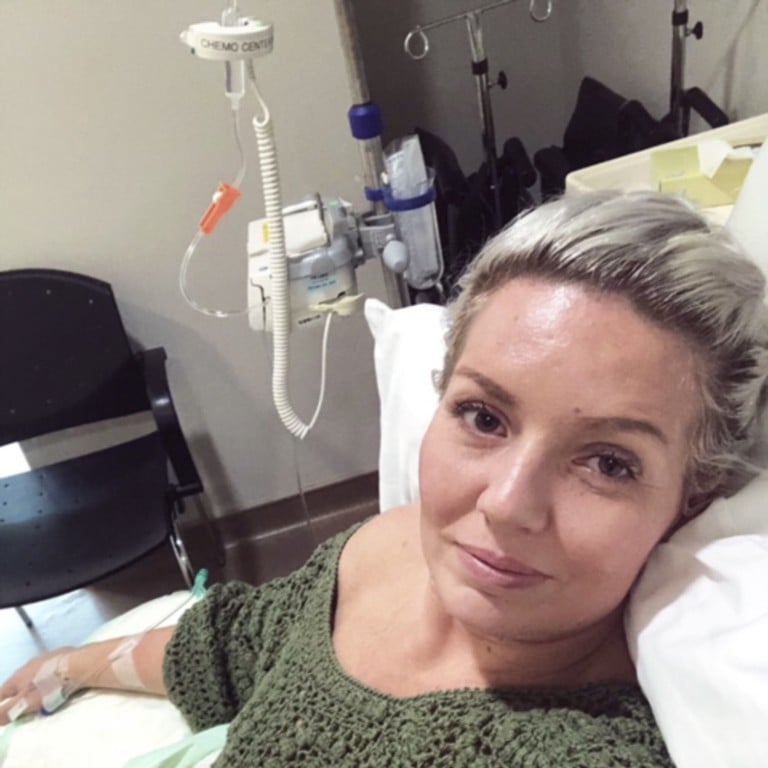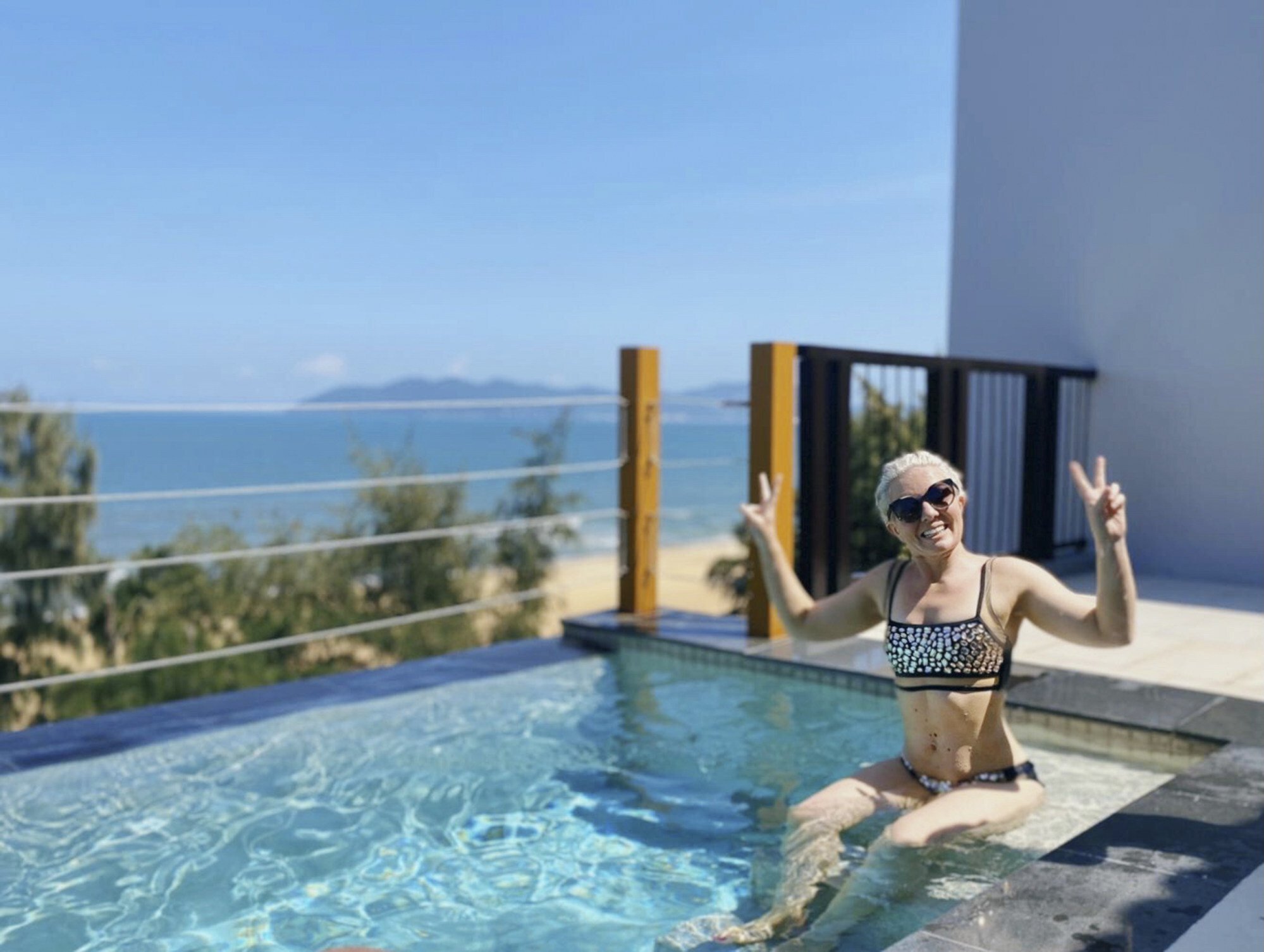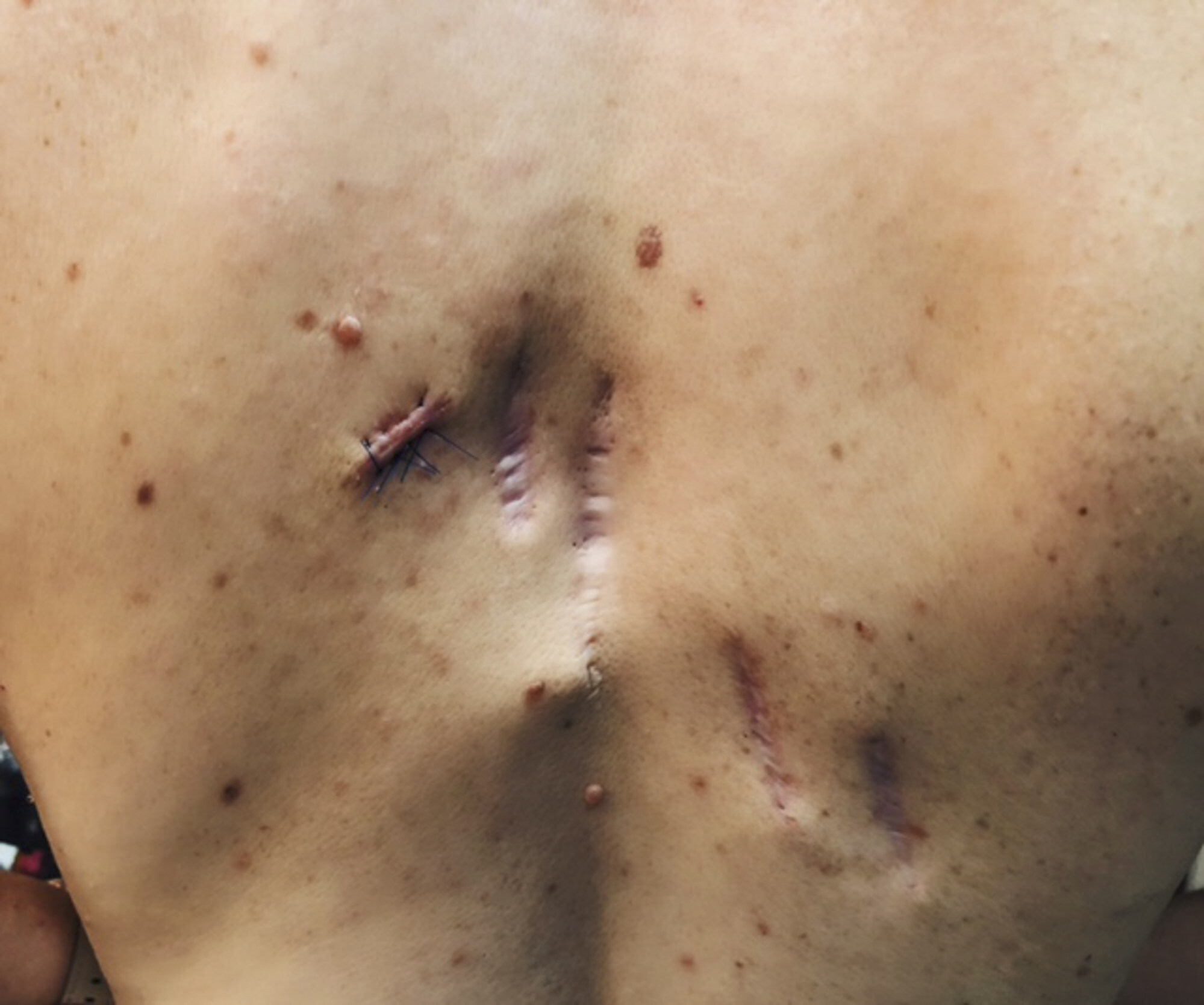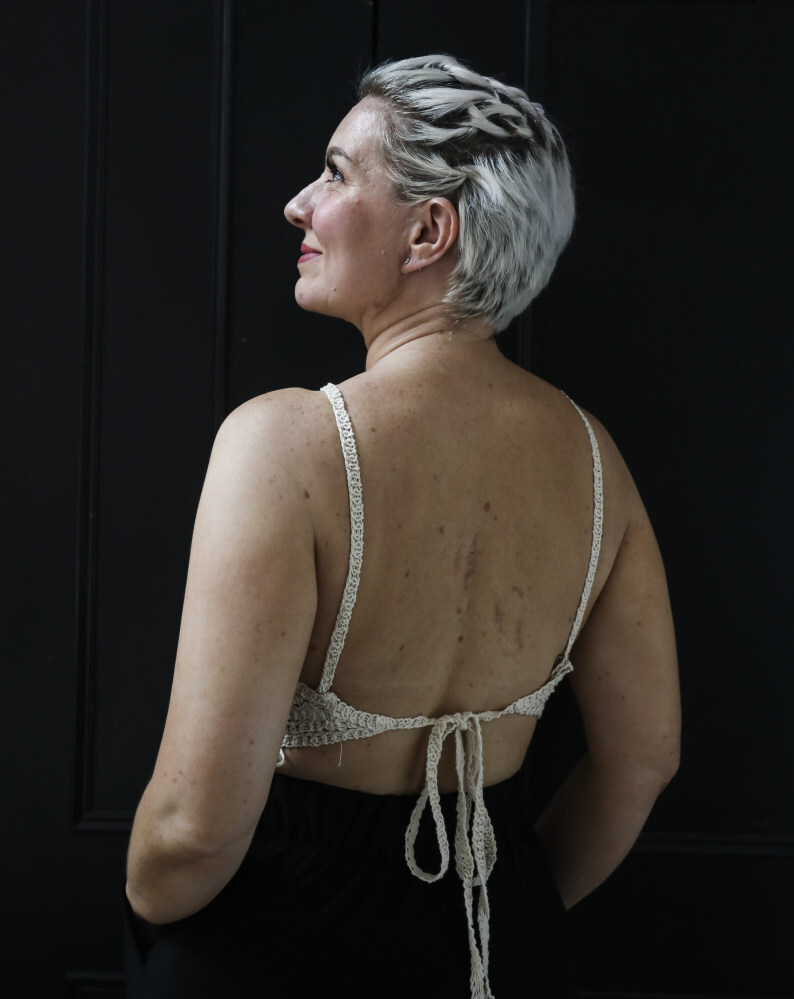
Skin cancer survivor on the power of meditation and sunscreen – use it every day even when it’s raining, dermatologist says
- After years of sunbathing and using tanning salons, fair-skinned Englishwoman Adele Hughes was diagnosed with Stage 3 skin cancer in 2019
- She shares her story, and the lessons about the sun’s dangers she passes on to her kids. A doctor emphasises the need to protect your skin, even on a cloudy day
From her teens to her early 30s, Adele Hughes was a tanning enthusiast. Growing up in Liverpool in northwest England, she would use tanning beds and sunbathe while on beach holidays in Europe, using SPF 8 sunscreen in the hope of getting a tan.
“I have very fair skin – I do not tan,” says the 41-year-old primary-school teacher, who is now based in Hong Kong “Looking back, I was so naive.”
This continued when she moved to Hong Kong in 2008 with her boyfriend, who is now her husband. Now she regrets the decades of UV exposure that led to a Stage 3 skin cancer diagnosis in 2019. “I don’t want to expose my skin now as I’m covered in scars,” she says. “People don’t understand how dangerous the sun is.”
In 2010, aged 31, a scare made Hughes rethink her habits. After noticing two moles on her body that started to change, she visited a dermatologist, who removed them. The doctor urged her to improve her skin care, citing her unusual amount of moles.

“I have over 150 moles on my body – on my back, legs, chest,” Hughes reveals. She started using SPF 30 sunscreen, covering up and staying in the shade.
But then life got busy. Hughes married and had two children and she neglected her annual skin checks.
In the summer of 2019, a lump emerged on her neck, but she left it unchecked and it subsided. In November that same year she visited a doctor. “There was nothing on my body that looked suspicious, but I felt a need to get my skin checked,” she says.
How a Hong Kong cancer sufferer keeps going – and helps others
Later that month, a dermatologist removed three suspicious moles on a breast, her back and torso. She went on a family holiday to Lapland, thinking all was fine. It wasn’t.
Back in Hong Kong, and at the hospital with her daughters in tow, the then 39-year-old learned two of those moles were cancerous. As the doctor shared information on her next steps, “nothing was going in”, says Hughes.
Tests revealed she had nodular melanoma, an aggressive type of skin cancer, on a breast, and a malignant melanoma on her back. Cancerous cells had spread to her lymph nodes, resulting in her Stage 3 diagnosis.

Hughes had three operations to remove moles and around 40 lymph nodes. She recently completed her immunotherapy treatments.
Non-melanoma skin cancer is the eighth most common cancer in Hong Kong and in 2018, there were 1,107 cases in the city. It also registered 79 cases of melanoma, the deadliest type of skin cancer.
According to Dr Joyce Tang Wing-sen, a private dermatologist based in Hong Kong, the age-standardised incidence rate of non-melanoma skin cancer has been rising in the city over the past 20 to 30 years, to around six to around eight per 100,000 people. Over the same period there were no significant trend changes in the melanoma rate.
Five tips to reduce your risk of skin cancer
“It’s for a couple of reasons … people are more aware of skin cancer than 30 years ago due to health campaigns in Hong Kong, and people have better access to doctors,” she says, adding that better detection partly explains the upwards trend in non-melanoma skin cancer.
Hughes credits chanting meditation, which friends introduced her to via YouTube videos, for helping her cope with her ordeal. She practises it daily to switch off everything going on in her head and to help her relax.

For support, she reached out to Melanoma UK and discovered more about skin detection and prevention. “I do skin checks every month and have regular dermatologist skin checks,” she says. It’s vital to know your skin to detect any changes, she says.
Hughes also instilled in her daughters (aged eight and nine) the importance of caring for their skin – the body’s largest organ. Whenever outside, they don hats and rash vests and apply sunscreen.
“I’m teaching them that sunscreen is just as important as cleaning your teeth every morning,” she says. “It has to be part of their daily routine, even in winter or when it’s raining.”
It’s the culminative damage of UV rays on the skin that you cannot see with your eyes which results in changes in skin that could cause skin cancer
Tang says a common misperception is that sun damage only happens on sunny days. “It happens even on gloomy cloudy days as UV light can still pass through clouds, so as UV damage is possible, you still need to wear sunscreen every day,” she explains.
If outdoors for long periods, Tang suggests thickly applying sunscreen with at least SPF 30 and PA +++ (high UVA) protection, and reapplying it regularly.
Hughes’ blog about her cancer journey, The Melanoma in Me, includes images of her scars to show people the dangers of tanning and to raise skin cancer awareness. “People need to see … you got a tan, but what is it doing to you on the inside?” she says.
While in England, Hughes recalls peoples’ remarks when she returned from holidays, comments such as “Oh look how dark you are, you look amazing.”

These days, Hughes refrains from complimenting someone on their tan. “It’s a message I want to send to my children: Be happy with what you have – there’s no need to change your skin colour.”
Tang urges people to get a mole checked at least once in their lifetime. “If there’s a family history of skin cancer, get checks annually,” she says.
Follow the “ABCDE” rule on observing your skin for any changes, she also urges. If you have a mole showing signs of “Asymmetry”, irregular “Border”, irregular “Colour”, “Diameter bigger than 6mm (0.23 inches)” or it’s “Evolving”, get it checked, says Tang.

Detected early, the five-year survival rate for skin cancer is around 90 per cent or more, she adds.
Tang discourages tanning, and says just because people don’t burn it doesn’t mean their exposure to the sun hasn’t done some damage. “It’s the cumulative damage of UV rays on the skin that you cannot see with your eyes which results in changes in skin that could cause skin cancer,” she says.
Tang’s five tips for when you’re outdoors
1. Slip on protective clothing such as rash vests.
2. Slop on sunscreen.
3. Slap on a broad-brimmed hat.
4. Seek shade.
5. Slide on sunglasses.

